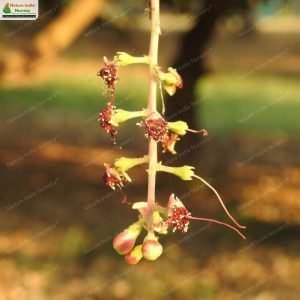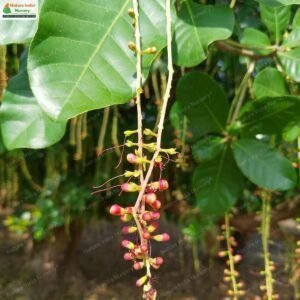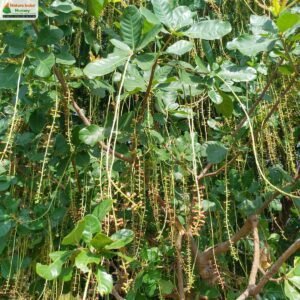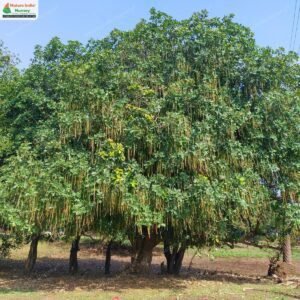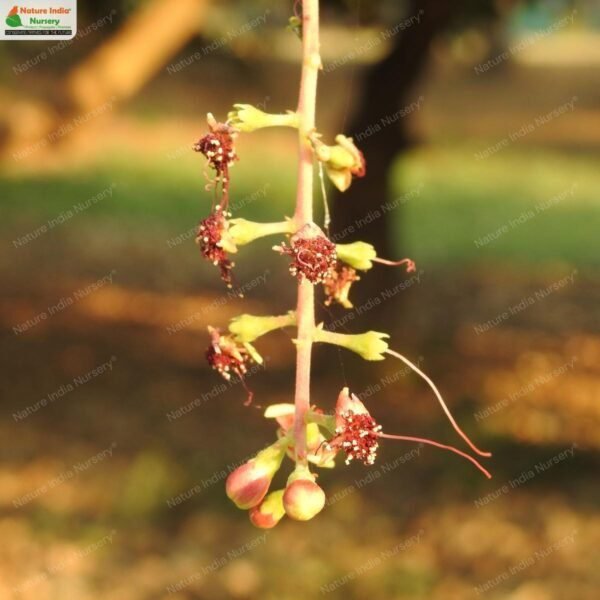Barringtonia acutangula, commonly known as Freshwater Mangrove, Indian Oak, or Samundar, is a fascinating tree native to tropical Asia and Australia. This tree is notable for its beautiful, showy flowers and unique floating fruits, making it an attractive addition to water gardens and landscapes near water bodies.
The Freshwater Mangrove is a medium-sized tree that can grow up to 15 meters in height. It has a broad, spreading crown and a trunk that is often buttressed at the base. The leaves are large, glossy, and elliptical, with a distinctive acuminate tip. The tree produces long, pendulous racemes of pinkish-red flowers, which are particularly striking and can be seen blooming in the evening. The flowers are followed by quadrangular, buoyant fruits that can float on water, aiding in seed dispersal.
Habitat
Freshwater Mangrove thrives in wet, swampy areas and along riverbanks and lakeshores. It prefers tropical climates with high humidity and consistent moisture. This tree is well-adapted to waterlogged soils and can tolerate periodic flooding.
Planting and Care
- Light: Full sun to partial shade
- Soil: Moist, well-draining soil
- Watering: Requires consistent moisture; water regularly to keep the soil wet
- Maintenance: Prune to shape and remove any dead or damaged branches. Mulch around the base to retain soil moisture.
Additional Information
- The tree attracts a variety of pollinators, including bees and butterflies, with its nectar-rich flowers.
- Propagation is typically done through seeds, which can be sown directly in wet soil or waterlogged conditions.
- Freshwater Mangrove has traditional medicinal uses and is often used in folk medicine to treat various ailments, including skin diseases and fever.
- The wood is durable and is sometimes used in construction and for making tools.
Please note: This tree is best suited for large gardens or parks due to its size and water requirements. It is not recommended for dry or arid regions.

